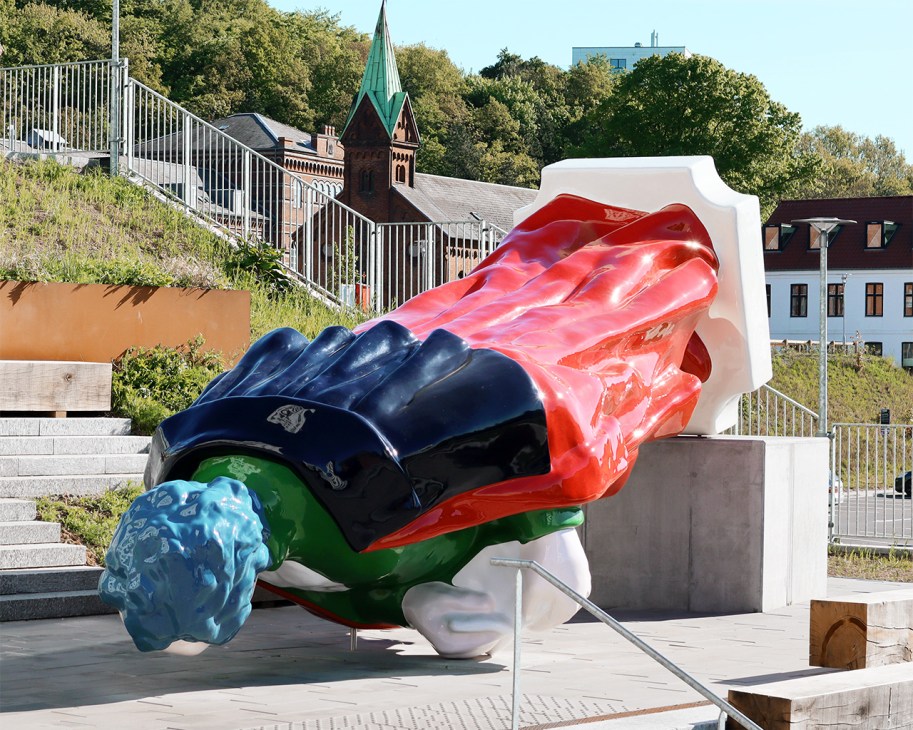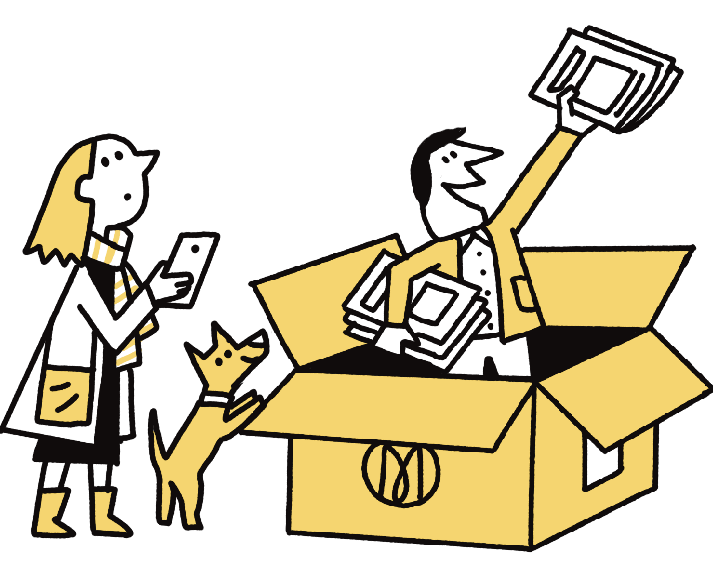Denmark’s glaring design flaw is now on public display
The Danes are justly renowned for their design prowess but news of a controversial statue suggests that they do not excel in all of the visual arts. In fact, they have struggled in the realm of public art and sculpture in recent years.
The new calamity concerns a rather fruity reinterpretation of Edvard Eriksen’s iconic “The Little Mermaid” statue, the original of which has been slightly disappointing tourists since 1913. Unlike Eriksen’s diminutive, demure bronze on the Copenhagen harbourfront, the latest mermaid statue – creatively called “Big Mermaid” – is almost four metres tall and has united critics. One called it “ugly and pornographic”, while celebrity priest Sørine Gotfredsen, writing in daily broadsheet Berlingske, called it “a man’s hot dream of what a woman should look like”.

The undeniably buxom fish, sculpted by Peter Bech, was first erected close to the original mermaid on the Langelinie promenade. But in 2018 it was moved to the sleepy harbour town of Dragør, south of Copenhagen airport. But locals there don’t seem too enamoured with it either, so the statue is now set to be removed. The case has sparked a discussion about the state of civic art in Denmark, with some expressing concerns about the influence of private finance in deciding which works are selected to grace the nation’s public spaces.
Talking of privately financed pornography, passersby at the Christmas Møllers Plads road junction, a few kilometres from Dragør, have been distracted by an evocative 10-metre high bronze by Sophia Kalkau since 2023. The distinctive piece, paid for by the New Carlsberg Foundation, has earned the nickname “The Giant Buttplug” and has already been responsible for several minor road incidents.
Not to be outdone by those taboo-busting Copenhageners, councils across the land have also been busy commissioning their own controversial pieces of public art. Randers, on the Jutland peninsula, has, in my view, the best of the bunch: “Bar Roma” by Erik A Frandsen. Nicknamed “The Toppled Man” by locals, it depicts an eight-metre long figure in robes, painted in gaudy colours, lying flat on its face midway up some public steps. Made from aluminium, it evokes the fallen statue of an obscure dictator or a faceplanting Ronald McDonald. It’s funny and puzzling, if a bit naff.

Also on the Jutland peninsula, “Miss Ringkøbing” is an abstract bronze (imagine Henry Moore but without the holes) by Prince Henrik, the late husband of Dronning Margrethe II, the retired queen of Denmark. Apparently, the statue changes name according to wherever it’s placed: it was previously called “Miss Fredensborg”. Cynics might wonder whether the piece would have seen the light of day without its royal provenance. But Prince Henrik’s figure is positively beguiling compared to another of Ringkøbing’s public statues, the wilfully hideous 3.5-metre high bronze “Survival of the Fattest” by Jens Galschiøt. This depicts an emaciated African man bearing an obese, naked Danish woman on his shoulders and is perhaps the most visually challenging of all Denmark’s civic works of art (indeed, one might spread that net internationally and find few serious rivals).

Ringkøbing is not to be confused with Rudkøbing, apart from the fact that both share critically mauled public artworks. In the latter, the attacks have been directed at a 2.6-metre high “comedy” ballerina hippo (modelled after Edgar Degas’ “Little Dancer Aged Fourteen”) by local sculptor Bjørn Okholm Skaarup. Writing in Politiken this month, art critic Mathias Kryger branded the bronze “an authentic eyesore” before posing the rhetorical question: “Is this a symbol of a culture in total collapse?”
Probably not, Mathias. Let’s keep a sense of perspective here. He would do well to consider the critical reception of another prominent work of public sculpture, located back in Copenhagen. When it was unveiled in 1894, the now much-loved Stork Fountain on Amager Square in the centre of the Danish capital’s main shopping district was similarly reviled. Mr Carlsberg himself wrote to the authorities suggesting that the best thing would be to melt it down. What, one wonders, would he have made of a 10-metre tall buttplug?
Michael Booth is Monocle’s Copenhagen correspondent. For more opinions and insights, subscribe to Monocle today.
For more on the lacklustre direction of public art, read Francesca Gavin’s hot take here.



